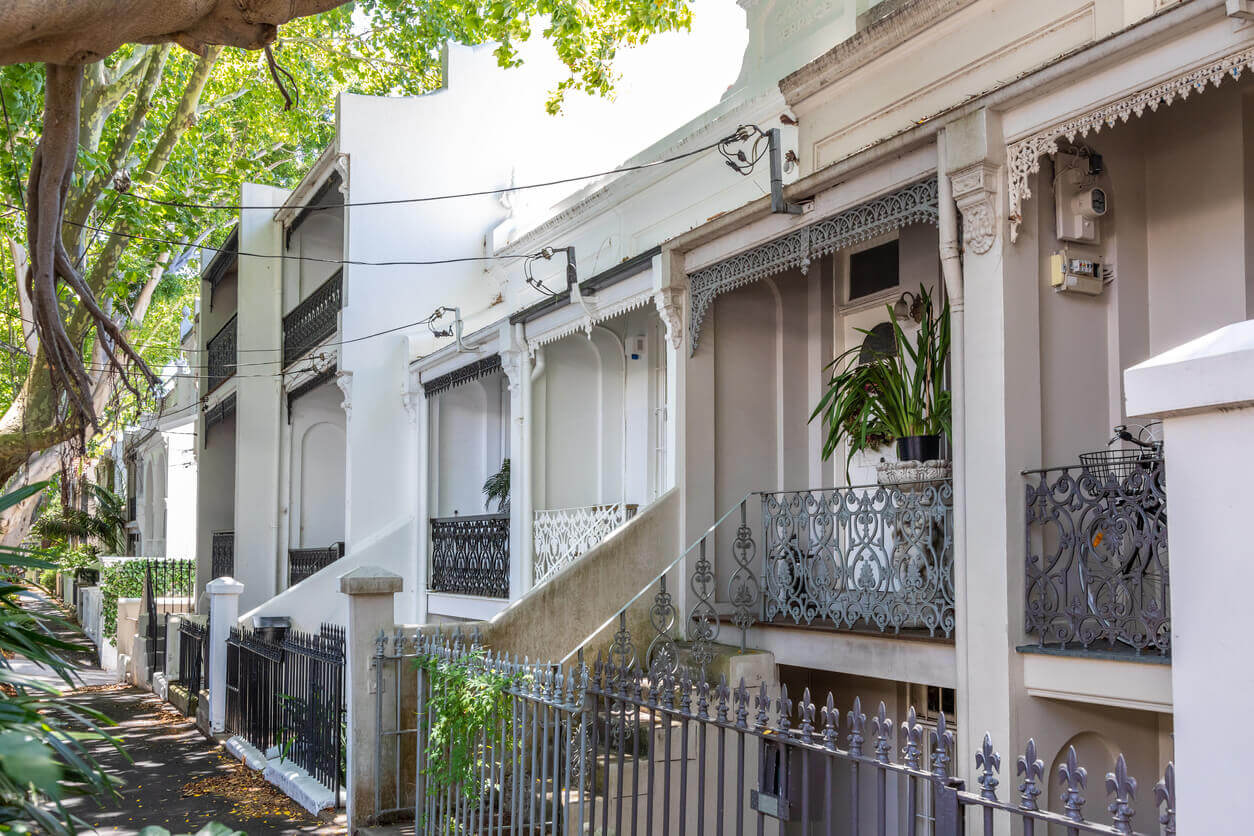With ten different building classes in the Building Code of Australia, it's no surprise that the difference between a semi and a duplex is confusing. These dwelling definitions also change from state to state and vary between councils. It's essential to check with your local council to fully understand what you're allowed to develop on a block you're considering purchasing.
Whether you're looking to enter into the property market as a first-home buyer, an investor, or looking to upgrade the family home, understanding the difference in house types is crucial. It's an area where people are often caught off guard. They may buy a home intent on developing a block of units, only to discover zoning laws mean they're not able to do so. Different house types also come with additional payment and fee structures. For example, freestanding homes require quarterly rate payments to local councils, while townhouses require body corporation fees for shared general upkeep costs.
Here's a quick guide to the different house types in Australia so you can familiarise yourself with what's on offer in your local market.
Freestanding houses
This is the kind of home we're most familiar with. For many of us, we grew up in a freestanding home, taking leafy backyards for granted before land was at its current premium. These homes are stand-alone dwellings. Buyers own the land and all buildings within the land's boundaries, including any secondary dwellings such as granny flats. There's a large variation in land sizes within the freestanding house type. They're a popular property type since buyers have the option to renovate or remove the existing house. This leads to multiple opportunities in making the most of its location. If you picture the traditional white picket fence home, you're thinking of a freestanding house.
At the same time, a freestanding house comes with its own downsides. They're commonly the most expensive type of dwelling, thanks to the cost of land rates and insurance fees. While they may need more cash to maintain year to year, historically, freestanding homes have also seen faster appreciation in comparison to medium and high-density dwelling types.
Terrace homes
These are most often found in inner-city areas, particularly in Sydney and Melbourne. Terraces became a popular development during the late 1800s, and early 1900s as many Australian cities grew in population and scope. While they reduced in popularity in the mid-1900s, today, they're increasingly back in demand. Terraces offer multiple advantages over freestanding houses. They're generally more affordable and offer low-maintenance lifestyles thanks to their locations. Many developers are now offering new terraces to the public within master-planned communities, bringing a new twist on an old dwelling form.
Terrace homes will commonly have two to four bedrooms, with courtyards at the back and front. Most terraces will share party walls, which can be one disadvantage to those looking for more space and privacy from their neighbours.
Original terraces come complete with a Torrens Title, giving the owner the land the property sits on as well as the dwelling itself. By comparison, new developments are more likely to be strata-titled. Strata-titled sees buyers owning the terrace itself but also sharing ownership of common property. These areas are the shared responsibility of all property owners on the title.
Semi-detached homes
This is where the definitions of dwelling types start to get a little bit more complicated. A semi-detached home shares a single common wall with the neighbouring house. These are often a more affordable entry point into the market and can be particularly popular with first-home buyers when located in the suburbs. They offer a reduced footprint, one that's reflected in the price point in outer suburbs. However, in inner-city suburbs, semi-detached homes offer more privacy than an apartment or townhouse while still keeping that smaller footprint thanks to the shared wall. This means prices can increase significantly as many semis have been renovated for a current market.
Duplexes
The duplex is the semi-detached home's modern cousin. Semi-detached houses were popular around the Federation; a duplex is now the contemporary term for two dwellings under a single roof with a shared wall. While many duplexes share a wall on the same level, town planners also view properties with upper and lower levels as duplexes.
Duplexes can consist of either a single title or two titles, which allows each dwelling to be owned (and sold) by different owners. They're often a popular choice for investors looking to make the most of the land available to them. They create an opportunity to capture two rent checks every week on a lower land cost than two detached houses.
Townhouses
Townhouses may look like duplexes or terrace homes. However, a significant difference here is that they sit within a complex with a minimum of three dwellings (and often more). While the buyer owns the entirety of the dwelling, they share ownership of the land with the other owners via a strata-title system.
If you're considering purchasing a townhouse, it's important to remember that strata-title ownership means that buyers must pay annual body corporate fees. These cover the cost of common property upkeep and overall insurance.
Villas
You'll find in some states that 'townhouse' and 'villa' mean the same thing. However, in Victoria and New South Wales, a villa is defined differently from a townhouse. In these states, a villa is viewed as a dwelling type in its own right, defined as a single-level home that generally comes with an attached garage. The most apparent difference to townhouses? Townhouses are often two or three stories, while villas are single-level only. Villas are also likely to require the payment of body corporate fees due to the strata-titled ownership status.

